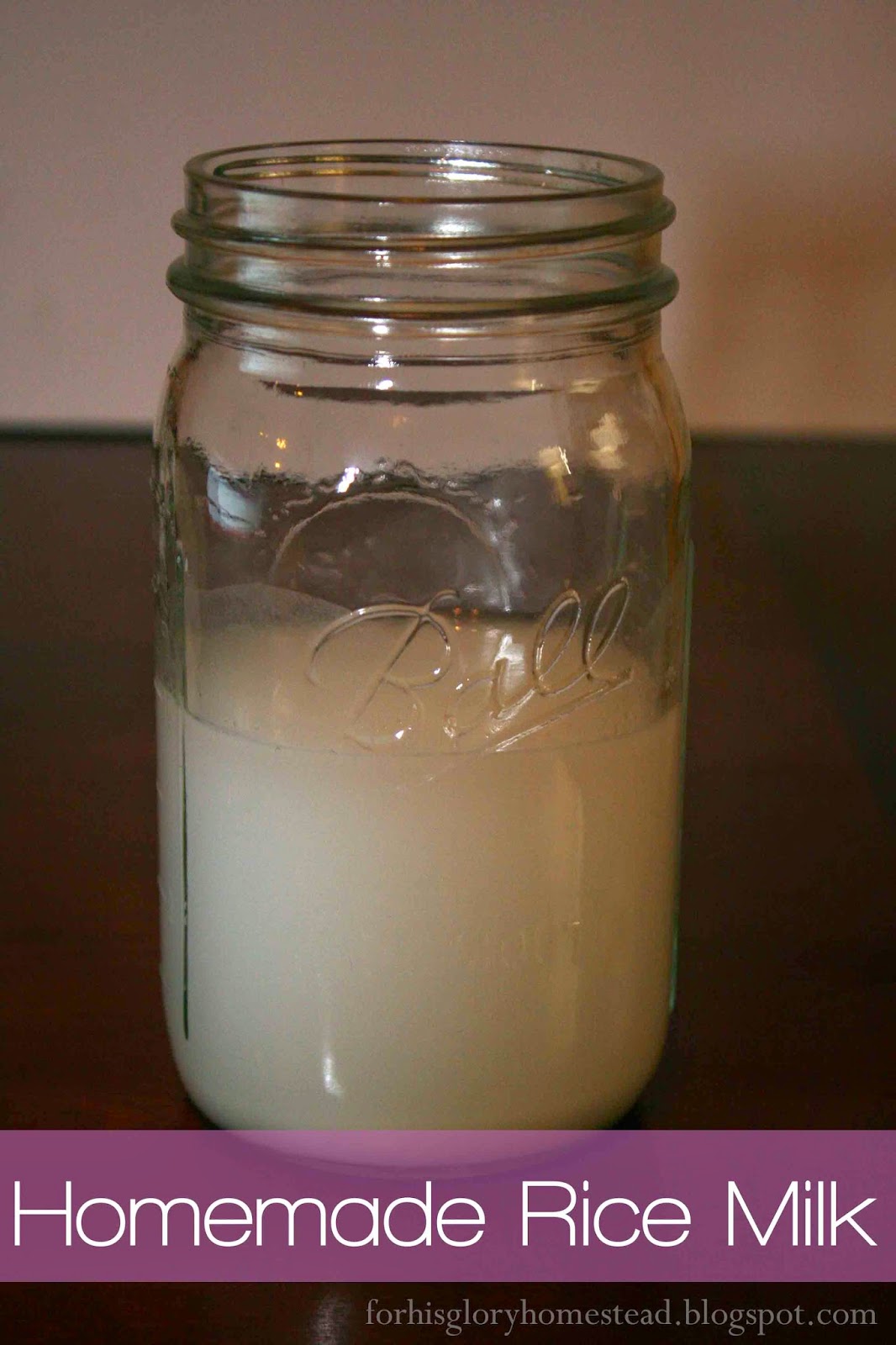Wow, I can't believe it's already time for Thanksgiving! This will be the first time in almost 8 years that I will actually be eating turkey. I mentioned awhile back that we were dealing with lots of food allergens with my 3 year old. Well those issues have lead to us changing out diet drastically. We were mainly vegetarian, with fish added in here and there. But with my little one being allergic to all beans, and lots of veggies, we've decided to add poultry to our diet.
Since adding meat in I have been so concerned with salmonella. I think my husband has just decided that I'm nuts, because I'm constantly saying don't touch that, don't do that, clean that up, oh goodness now we're going to get salmonella. It's like I see it everywhere! Thankfully we haven't been sick and it's probably just all in my head.
I thought since pretty much everyone will be dealing with raw poultry for Thanksgivining-- and since 1 in 6 Americans will contract a foodborne illness-- that maybe it would be a good time to talk about this issue.
So first some facts.
- while handling raw meat it is best to clean your surfaces and hands frequently
- you should wash your hands with warm soapy water for 20 seconds (about how long it takes to sing happy birthday)
- raw meat, poultry, seafood, and eggs should be kept separate at all times (at the store, in the fridge, as well as when using cutting boards, utensils, and plates)
- all foods need to be cooked to the proper temperature (160* for burgers, 165* for chicken breasts,and turkey 145* beef, veal, lamb roasts, steaks, chops, and fish)
- keep cooked foods at least 140*
- refrigerate cooked foods at least 2 hours after cooking
For more information on practical food safety head to www.foodsafety.gov
Now that we've got the basics covered how about some ideas with what to do with those left overs?
One of my favorites used to be making turkey sandwiches, but if you want something more creative than that check out my Turkey Day Remixes board on pinterest. Just remember that the last day to eat your left overs will be Monday, because left overs are only good for 3-4 days.
Here is a great infographic to help you remember the best ways to prevent foodborne illness:
And here is a video that really helps you to grasp the severity of this issue.... lol















































